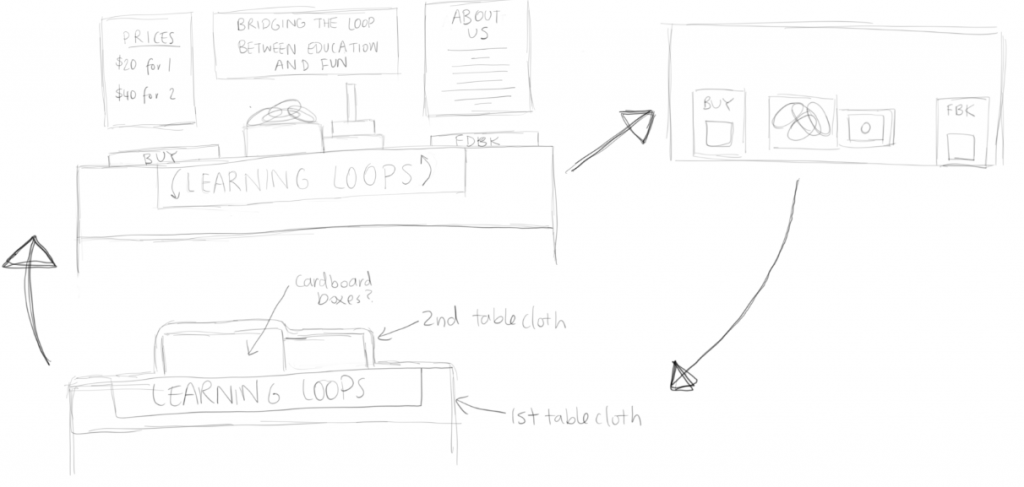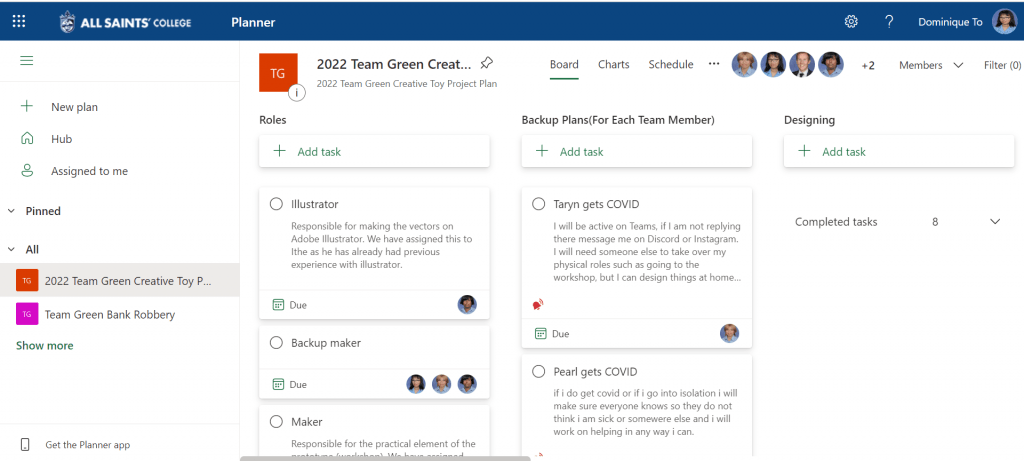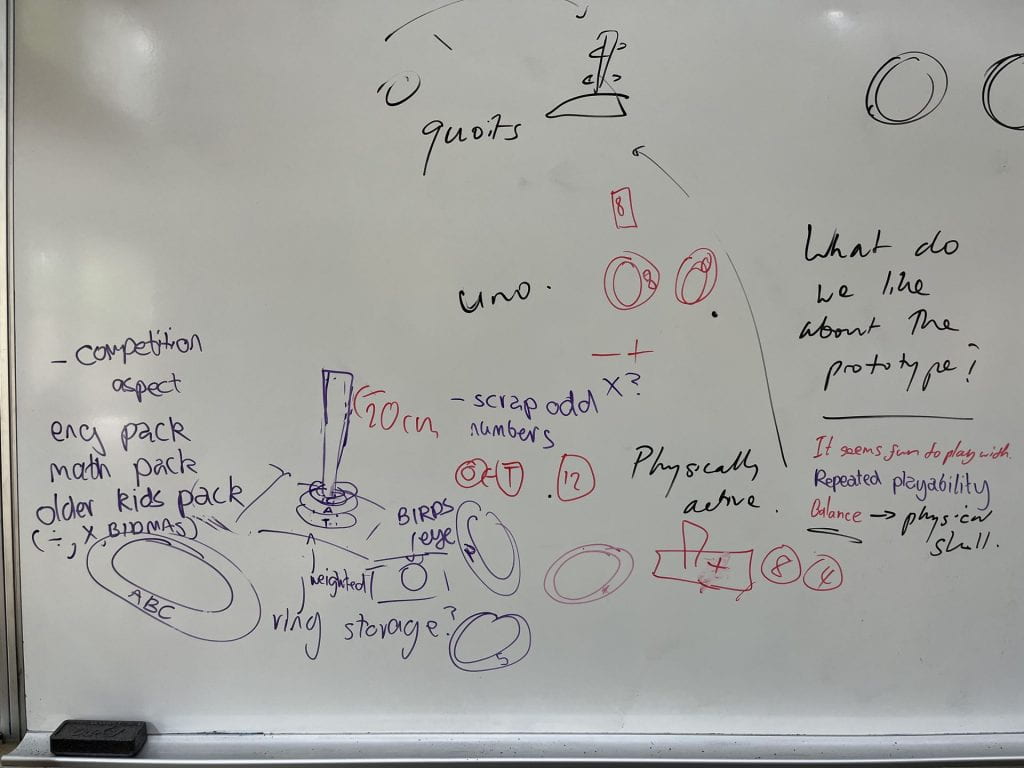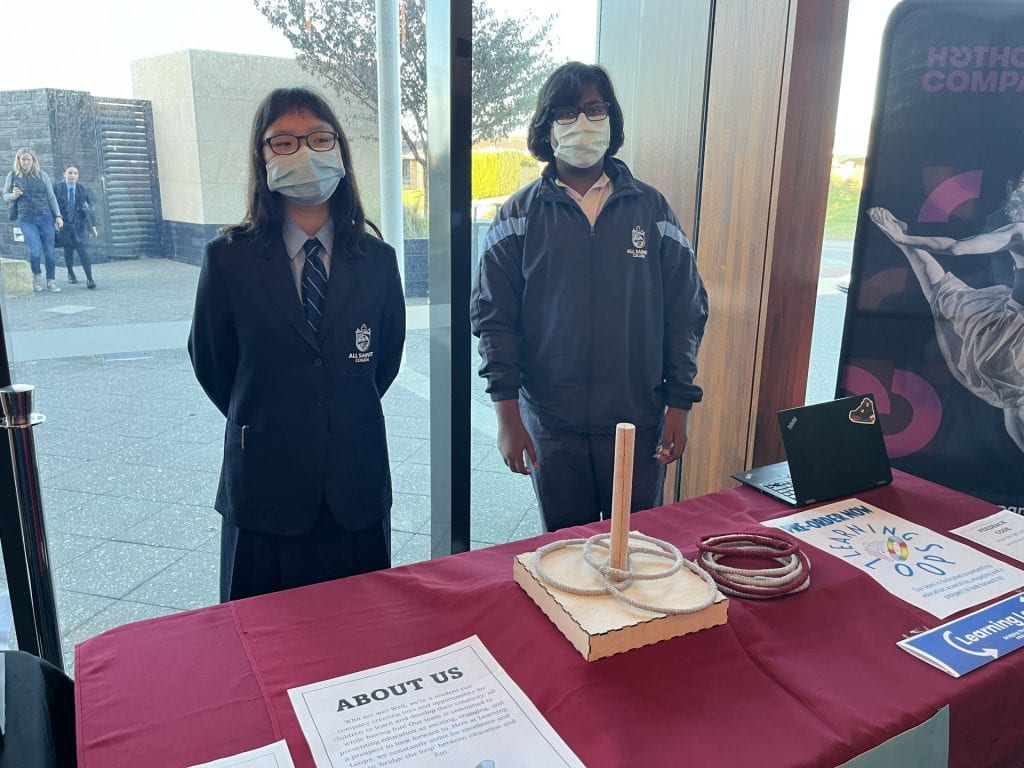On the 27th of May, 2022, the Year 9/10 Leadership and Innovation class attended a market at Wanju to sell the Creative Toys we have been designing throughout the semester. From this experience, I have learned a great deal of skills in organisation, technology, collaboration, and problem solving.
While we were making our products during Terms 1 and 2, my group faced some challenges with Social Management in the form of collaboration and communication. For nearly half a term, the four members of the group were working separately for the most part, and we often failed to put our efforts together. For example, a group member was assigned to create an Excel spreadsheet, however another group member ended up finishing that task instead without consulting the person it was initially assigned to. I found myself being out of sync a few times with my group during the market research, where I would sometimes complete a task, only to find that it was actually assigned to someone else. This poor communication led to issues within the group as everyone was confused about what was and wasn’t finished. Thankfully, the situation did not escalate, as our group eventually sat down together for a team chat. We aired our grievances, and were able to resolve most of our problems by reaffirming who was doing which task. We also came up with a better strategy for working together rather than as individuals. From that day onwards, we made sure to inform everyone in the group who was completing which task, and stuck to the planner when in doubt. This new strategy was beneficial to our success in collaboration, and we began to communicate a lot better. This is, I believe, what led to us being slightly ahead in preparations before the market. On the day of the market itself however, the group was slightly messy with half the members arriving late. This presented me with another opportunity to put newly-learned groupwork skills into practice, as I had been in charge of making ‘what-if’ market day plans for what to do if certain group members were not available. The tasks belonging to the 2 absent (for the first half of the market) people were taken over by myself and the other person present.


Another skill I developed over the course of this project was my proficiency with ICT (Information and Communication Technology). The Creative Toy Task was my first experience of needing a way to organise tasks and time, as there were many different things to do. To help us with our organisation, we were introduced to Microsoft Planner, a software that allows members of a group to create, assign, and complete tasks in a simple and comprehensible way. My team categorised our tasks in buckets labelled ‘Planning’, ‘Pre-production’, ‘Research’, etc….to make them easier to find. We also utilized the task priority and dating function, which allowed us to set tasks for a certain date, and assign importance such as ‘medium’ and ‘urgent’ to them. This helped us to determine which tasks were the most important, and to do them in priority order. Another technology we were introduced to was Adobe Illustrator, which was used to make the vectors for our product. I didn’t use Illustrator that much personally, but everyone in the class completed basic tutorials for the software. My group was able to successfully make and export our vectors, which were then transferred to the laser cutting program. Though I did not play a big role in using the technology, I still think it was a valuable lesson for future projects.

From this project, I was also exposed to circumstances that allowed me to build my Critical and Creative Thinking skills. In the first phase of the project, we were tasked with defining the problem we were solving, and ideating different solutions to it. I was able to generate some ideas, but they were quite limited at first as I was quite single-minded. This quickly improved, however, as I joined three of my classmates to form a group for the project. After hearing their insights, I felt a lot more inspired to think outside of the box, and our shared ideas were much better than the ones I came up with alone. Though our first idea did not reach fruition due to technical and physical difficulties (we could not find a way to bend wood), our second idea was also pretty good, and we ended up going with that. We named our variation of quoits ‘Learning Loops’ as it had an educational factor (our prototype did not have the maths symbols painted on, but it was our original plan). Throughout the project, we faced some difficulties both in making our products and groupwork, however we were able to resolve most of them through careful analysis and problem solving of the situation at hand. For example, when our first product did not work out, we went for a completely different idea and recovered our progress within two periods. I think this reflected our collective ability to think quickly and resolve our issues; a skill we (mostly) developed over this project.



Overall, I felt that this project was a decent opportunity for me to develop my capabilities and skills in different areas. The Creative Toy Task helped me to become more organised, collaborate better, and think critically to solve problems. While the end result was not necessarily what I wanted, I still thought this project was a valuable experience that will help me in the future.

